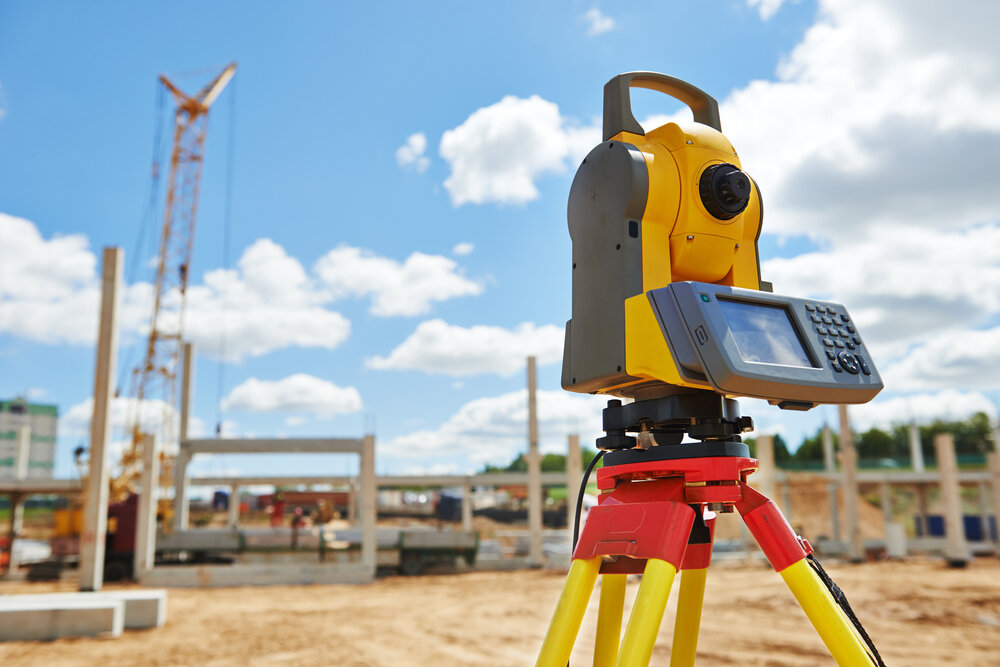Topographical Surveying: Accurate Mapping for Land Development Projects
Topographical Surveying: Accurate Mapping for Land Development Projects
Blog Article
Grasping the Basics of Setting Out Design for Specific Building
Setting out engineering offers as the backbone of specific building and construction, making certain that every job lines up with its designated style and specs. As we discover the complexities of establishing out, it comes to be evident that also small oversights can lead to considerable ramifications.
Importance of Establishing Out Design
Setting out engineering is basically critical in the building and construction procedure, as it guarantees that structures are properly placed according to develop specifications. The precision of establishing out directly impacts the total stability and functionality of the constructed atmosphere. Any disparities or mistakes during this stage can bring about substantial problems, such as misalignment, structural failing, or pricey rework.
In addition, laying out engineering works as an essential interaction tool amongst various stakeholders, consisting of designers, service providers, and designers. It offers a clear referral framework that overviews the construction group throughout the task, thus decreasing the risk of false impression and enhancing collaboration. This procedure also helps in sticking to local codes and regulative criteria, which are important for getting required authorizations and authorizations.
In addition, reliable establishing out adds to project effectiveness by decreasing and promoting accurate measurements product wastefulness. By guaranteeing that each aspect is properly placed from the start, the likelihood of delays and spending plan overruns is significantly diminished. To conclude, the significance of laying out engineering can not be overstated, as it is foundational to achieving successful, certified, and lasting building and construction end results.
Trick Concepts of Laying Out
Exact implementation of establishing out is controlled by numerous key principles that guarantee successful application in building and construction tasks. Accuracy is crucial; establishing clear referral factors and lines of view is essential for reducing mistakes. This includes using established benchmarks and guaranteeing that measurements are taken regularly and precisely.
One more concept is detailed planning. A detailed laying out plan should represent all elements of the design, including offsets, degrees, and dimensions. This foresight minimizes discrepancies throughout construction and boosts effectiveness.
Efficient interaction amongst employee additionally plays an essential duty. All stakeholders must be in placement regarding the job specs and laying out procedures to stay clear of misconceptions that might lead to costly mistakes.
In addition, regular confirmation of dimensions and placement assists keep accuracy throughout the building procedure. This can entail periodic checks versus existing website attributes or reference points to guarantee that the work holds to the intended layout.
Tools and Devices Needed

Basic tools include the total terminal, which combines electronic theodolite and range measuring abilities, enabling precise angle and distance dimensions. Engineering surveys. In addition, a leveling instrument, such as a laser degree or optical degree, is essential for establishing horizontal aircrafts and gradients
Gauging tapes, varying from conventional steel tapes to advanced digital alternatives, give important performance for uncomplicated direct measurements. Marker devices, including chalk lines and stakes, are crucial for envisioning reference points on-site.
In more intricate projects, GPS surveying equipment can improve accuracy over bigger ranges, while 3D scanners can aid in validating current problems. Supporting tools such as plumb bobs and string lines are also crucial for making sure vertical positioning and straight lines.
Inevitably, buying high quality tools and maintaining them routinely significantly contributes to the total success of laying out engineering, helping with a structured construction procedure that sticks to develop specifications.
Typical Methods for Accuracy
Accomplishing precision in setting out design demands the application of specific strategies that boost measurement precision. One of the essential strategies is triangulation, which makes use of the residential or commercial properties of triangulars to figure out areas with high accuracy. By gauging the lengths of two sides and the angle in between them, designers can precisely position factors on-site.
An additional essential strategy is using progressing instruments, such as laser levels or automated degrees. These devices offer a consistent referral plane, making sure that all dimensions are drawn from a typical baseline. Routine calibration of these tools is vital to maintain their precision.

Challenges and Solutions in Setting Out
Browsing the complexities of laying out design offers various difficulties that can impact project results. One substantial challenge is the dependence on accurate next page measurements and positionings; even minor mistakes can bring about substantial inconsistencies in building and construction. External variables such as ground conditions, weather, and website ease of access even more complicate the procedure, demanding adaptable techniques.
To deal with these difficulties, employing sophisticated reference modern technology such as GPS and 3D modeling can boost precision and efficiency. These devices permit real-time data collection and tracking, lowering human error and making sure adherence to design specifications. In addition, implementing extensive training programs for employees involved in laying out can foster an experienced workforce experienced at dealing with prospective issues.
Establishing clear lines of interaction among all stakeholders-- designers, property surveyors, and building and construction teams-- ensures that everybody is straightened with the job goals and aware of any type of modifications to the strategy. By accepting these services, professionals can substantially boost the precision and integrity of setting out design techniques.
Verdict
In final thought, grasping the principles of setting out engineering is essential for achieving precision in building and construction projects. Eventually, a strong foundation in setting out design adds dramatically to the total integrity and effectiveness of building outcomes.
Setting out engineering serves as the foundation of accurate building, guaranteeing that every task aligns with its desired style and specifications.Establishing out engineering is basically crucial in the building and construction process, as it guarantees that frameworks are precisely positioned according to design requirements. In conclusion, the relevance of establishing out this page design can not be overemphasized, as it is fundamental to accomplishing successful, certified, and sustainable building and construction results.

Report this page